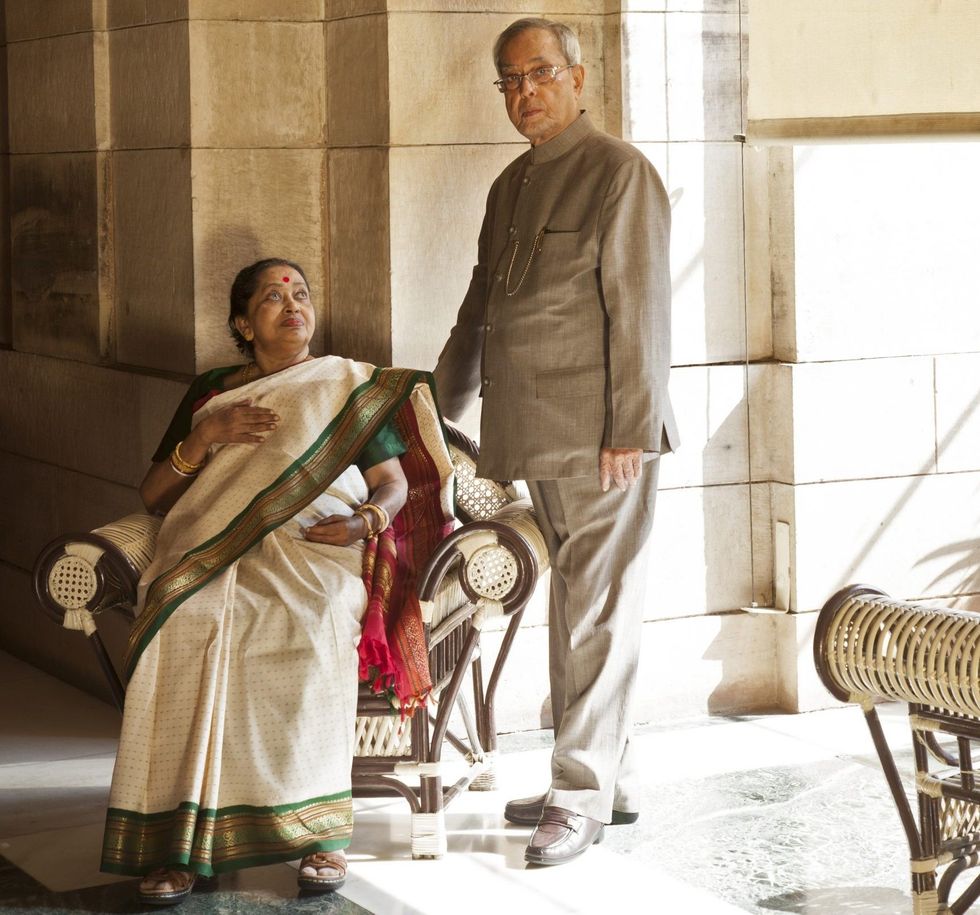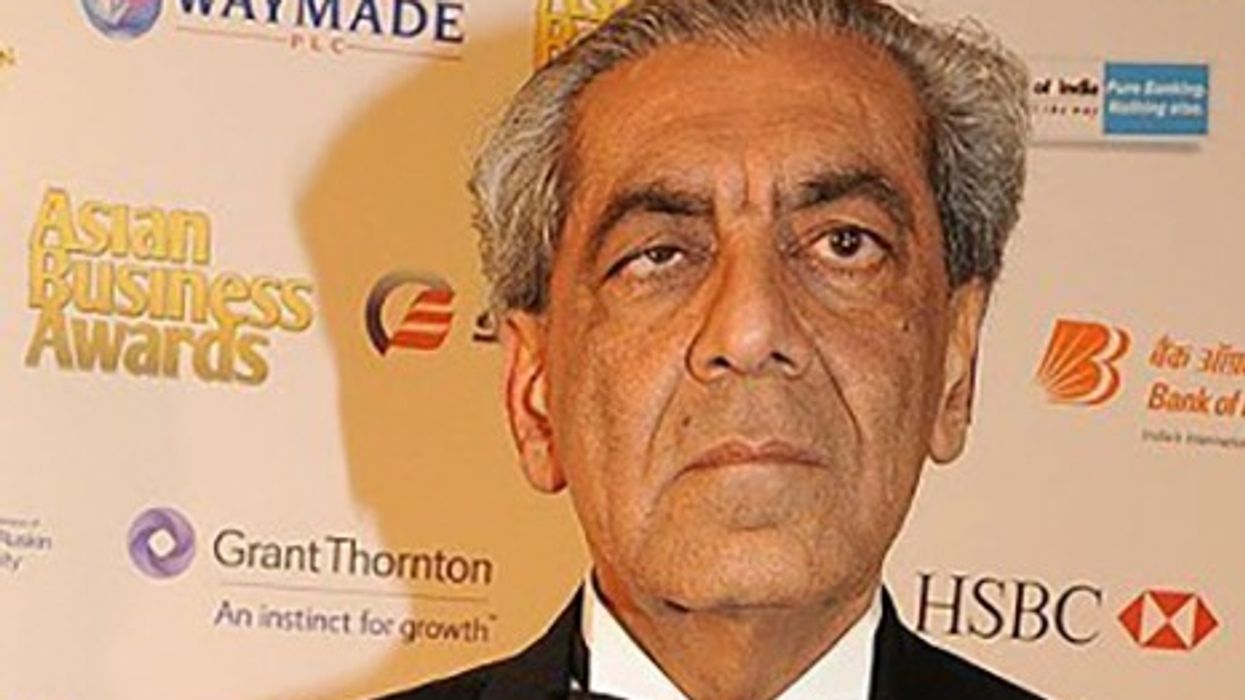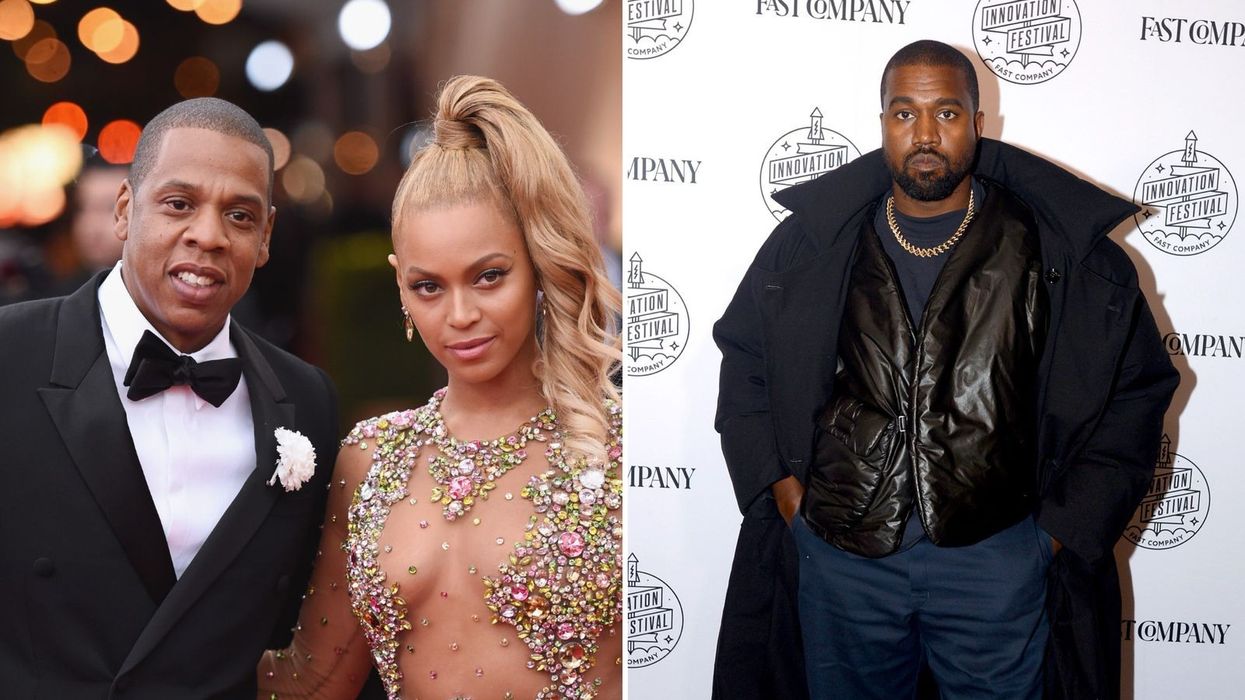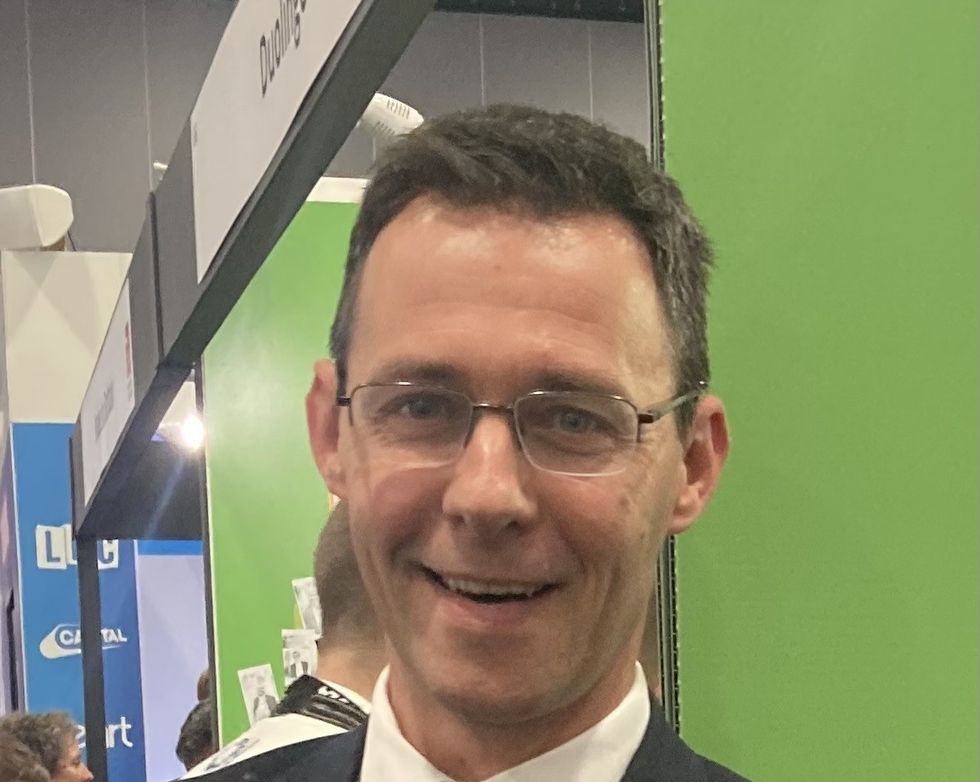Photographer Derry Moore reveals the stories behind his portraits
NO ONE has probably taken a more evocative photograph of the Indian film director Satyajit Ray than Derry Moore.
Taken in 1982 at Ray’s home in Calcutta (now Kolkata), there is something about Moore’s black and white image which is reminiscent of Ray’s cinematography.
Relaxing in his elegant house in Notting Hill, Moore reveals he is a great fan of Ray’s movies.
“I adore his films – I’ve seen nearly all of them several times. His films influenced me tremendously, visually. I think (he was) really extraordinary. The curious thing is his black and white films are visually so much better than his colour ones.”
Moore will soon have an exhibition of his equestrian images, including photographs he took in Delhi of the horses in the Indian presidential guard in November 2015. This will be held at Osborne Studio Gallery, in Belgravia.
At the time, he also photographed Pranab Mukherjee, who was then president of India, along with his wife, Suvra, inside Rashtrapati Bhavan.
But this is also an opportunity to talk to Moore about the photographs he has taken of Indians and in India. He has published two books, Evening Ragas: A Photographer in India (1997) and In the Shadow of the Raj: Derry Moore in India (2017).
The latter has a foreword by Sir Mark Tully, who like Moore, laments the loss of an older, more graceful India: “Looking at Derry Moore’s photographs, I feel nostalgic and profoundly sad. I feel nostalgic because they bring back to me the India I knew as a child, and the India I knew when I first came to live here in 1965.
“I feel sad because so many Indians show so little respect for that past. India has one of the oldest, if not the oldest culture in the world. Varanasi is the only surviving ancient city which can claim its culture has not changed.”
Many of Moore’s photographs – and in India he has always preferred work in black and white – have an ethereal quality. The dappled effect is captured very well in black and white, he says, pointing out: “In a way, the trouble with colour pictures is that colour tells you too much. And black and white has a naturally more abstract quality, and also has a sort of timeless quality.”
However, he takes out a memorable large colour print of the South Park Street Cemetery in Kolkata, where generations of British are buried.
He has photographed Indira Gandhi; Soumitra Chatterjee, who was Ray’s favourite actor; and sitar maestro Pandit Ravi Shankar. In Oxford, he took pictures of Nirad C Chaudhuri at his home at 20 Lathbury Road.
The National Portrait Gallery in London, which is very picky about the images it selects for permanent display, has no fewer than 45 of Moore’s photographs, including portraits of the Nobel literature laureate VS Naipaul (1972) and the philosopher Jiddu Krishnamurti (1985).
Professionally, Henry Dermot Ponsonby Moore uses the name “Derry Moore”. Born on January 14, 1937, into an Anglo-Irish aristocratic family and educated at Eton and Trinity College, Cambridge, he is the 12th Earl of Drogheda, a title he inherited from his father, the 11th Earl.
He explains his decision not to use his title as a working photographer: “There have been certain English photographers who I felt had really traded on it. I thought that was so awful.”
He is amused his airlines tickets are sometimes printed out as: “Mr Theearlofdrogeheda.”
He says he wandered into photography almost by accident, beginning initially by taking pictures of interiors for the American magazine, Architectural Digest. Incidentally, some of his most beautiful pictures are of the Marble Palace in Kolkata.
When it is suggested he has been to India perhaps half a dozen times, he responds: “Much more. I’ve lost count. I should think 20 times.”
As artists, photographers allow their work to do the talking. But the stories behind Moore’s photographs are just as enlightening.
In India, friends and friends of friends and contacts, as always, opened doors. He had “a great friend who was married to the Nizam of Hyderabad”. He was also helped by the classical carnatic singer MS Subbulakshmi and her husband Kalki Sadasivam.
There is, above all, the tale of his encounter with Ray, whom he describes as “one of my main heroes. I had seen some of his films in England before meeting him”.
Moore’s first trip to India was in 1976 when he went to photograph palaces. On that visit, he got to photograph Indira Gandhi, thanks to an introduction from JRD Tata’s cousin, Jamshed Bhabha, an industrialist and art patron who knew the Indian prime minister.
“He arranged for me to photograph various other people that time in Delhi, but she was very interesting,” Moore remembers.
“I went to where she was living. She wasn’t there, so I went looking in the garden to find a suitable place to photograph. Suddenly she appeared. She might have thought I was a burglar or an assassin. But then I explained and she was very nice and friendly.
“In 1977, I went to Lucknow. I remember in the hotel that I was in, Satyajit Ray was having dinner there with his wife. He looked so marvellous – he was so good-looking with that sort of light. They must have had a candle on the table, (with) the light on the face. I sent him a note saying I’d love to photograph him. And he said he was filming The Chess Players, and if I wanted, I could go to where he was filming the next day.
“And so I went and I looked, but I didn’t photograph him because at that time, I used a Hasselblad camera, which required a tripod, and it wouldn’t have been possible for me to do that. And also, I didn’t like sort of taking snapshots of people.”

A couple of years later, Moore was in Calcutta. “I wrote to him and asked if I could photograph him and he said yes. And I met him. We talked a bit and he told me about a house in Calcutta which actually was used in some of his films. I think it belonged to Mr Mitter, whose son had been at school with Satyajit Ray. Anyway, I photographed him then, but I didn’t like the photograph.
“The next time I was in Calcutta was in 1982.”
That was when he took one of the best photographs ever taken of Ray. Moore liked the fact that Ray was dressed in Indian clothes, which he has himself worn sometimes.
“I love Indian clothes very much,” he says. “One of the things that makes me so mad is the way people in India have abandoned the kurta pyjama which, for the hot weather, there is nothing better. And it’s also chic.”
Asked what is special about India from the point of view of a British photographer, he thinks before replying: “I think there are various things –the light, the light indoors particularly. The other thing used to be the people and the clothes. I felt I was going back in time. And 40 years ago, people in India dressed in a completely different way – so beautiful, their clothes, the kurta pyjama. All these things are so much more flattering.
“Now, people dress in the way that they do all over the world – jeans and t-shirts and things. I find the looks of people were much more interesting, too, at that time. Again, very much phases of another era, if you like.”
Also in 1982, Moore asked to photograph Soumitra Chatterjee after meeting him at a dinner – and did so in the actor’s green room.
“He was doing a play in north Calcutta called A Poor Gentleman, by Ivan Turgenev. I went with a friend from Calcutta and she very kindly translated for me. It was the best production of a Russian play I’ve ever seen.
“He (Chatterjee) set it in about 1960 or just before. At that time in India, you still had people with
lots of servants in the country, relatives who did nothing, just hangers-on. It was so much more like Russia in the 19th century than anything in England. Possibly in Ireland a bit in the 19th century but nothing else. He was marvellous, so good.”
Moore, who has just finished rereading Nirad Chaudhuri’s Thy Hand, Great Anarch!, first wrote to him after reading The Autobiography of an Unknown Indian, the author’s 1951 book which put him on the literary map.
Moore recalls the meeting in Oxford: “I was rather disappointed that he wasn’t in Bengali clothes. I tell you why. Because the Bengali dress, the Indian dress, is so much more photogenic than the western. The Bengali shawl creates a wonderful pediment for the head.”
His last trip to India was in 2020, when he visited Murshidabad in West Bengal with some friends “just before the lockdown”.
He has now switched from a Hasselblad to a Leica, which is a great deal more practical because it means he no longer needs an assistant to carry heavy equipment around with him.
“I think the danger in India is it is visually so extraordinary, so interesting. The danger is to take too many photographs.”
When Moore is congratulated on his long and fulfilling career, he jokingly repeats the words of one of Britain’s great artists in a rich Yorkshire accent: “David Hockney said years ago something that was so good. He said – he had a wonderful Bradford accident – that ‘if my life was what other people think it is, it’d be bloody marvellous.’”



















 Damian Talbot
Damian Talbot